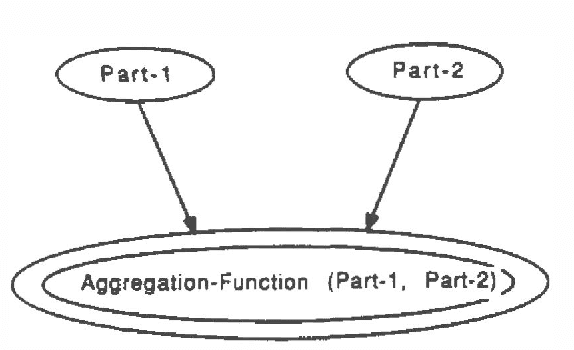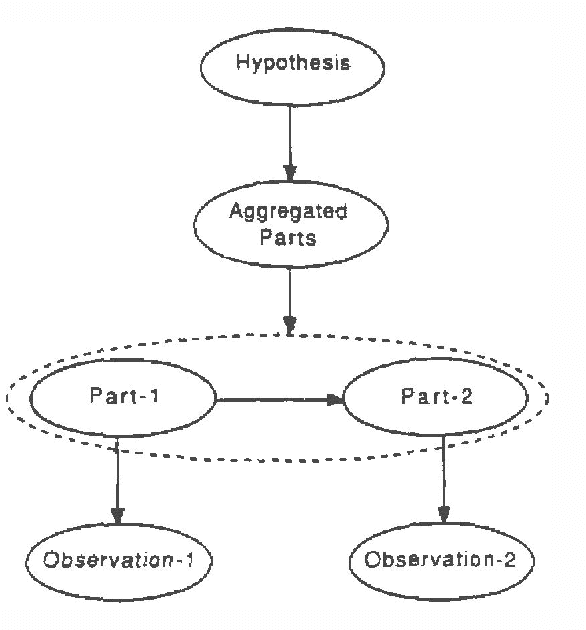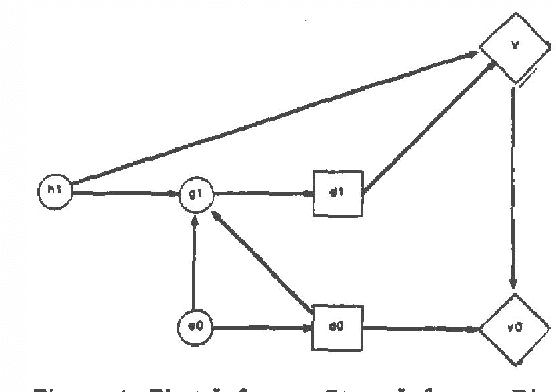Model-based Influence Diagrams for Machine Vision
Paper and Code
Mar 27, 2013



We show an approach to automated control of machine vision systems based on incremental creation and evaluation of a particular family of influence diagrams that represent hypotheses of imagery interpretation and possible subsequent processing decisions. In our approach, model-based machine vision techniques are integrated with hierarchical Bayesian inference to provide a framework for representing and matching instances of objects and relationships in imagery and for accruing probabilities to rank order conflicting scene interpretations. We extend a result of Tatman and Shachter to show that the sequence of processing decisions derived from evaluating the diagrams at each stage is the same as the sequence that would have been derived by evaluating the final influence diagram that contains all random variables created during the run of the vision system.
 Add to Chrome
Add to Chrome Add to Firefox
Add to Firefox Add to Edge
Add to Edge